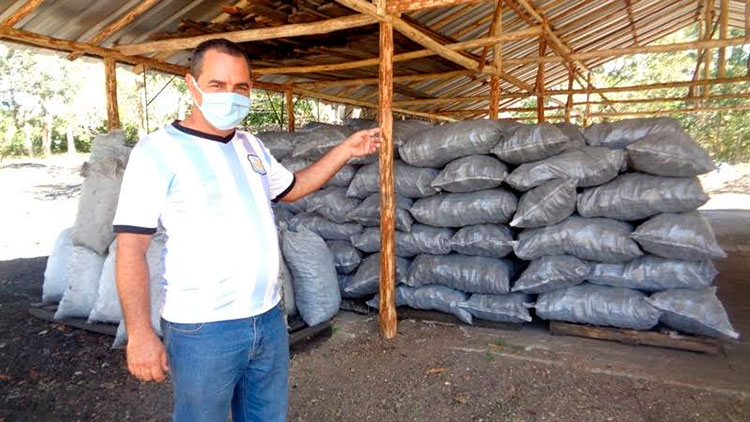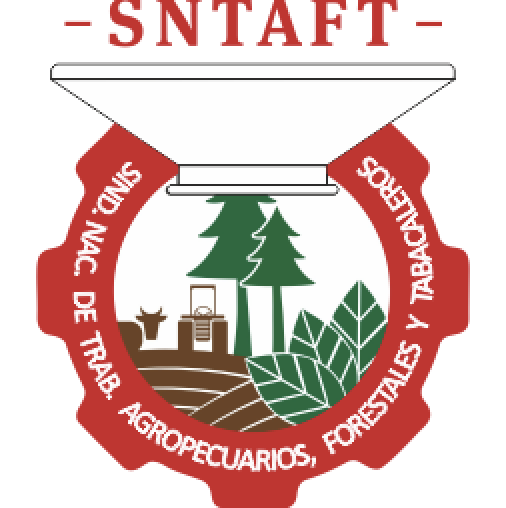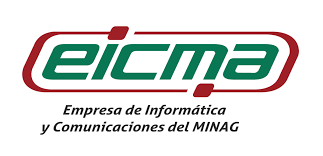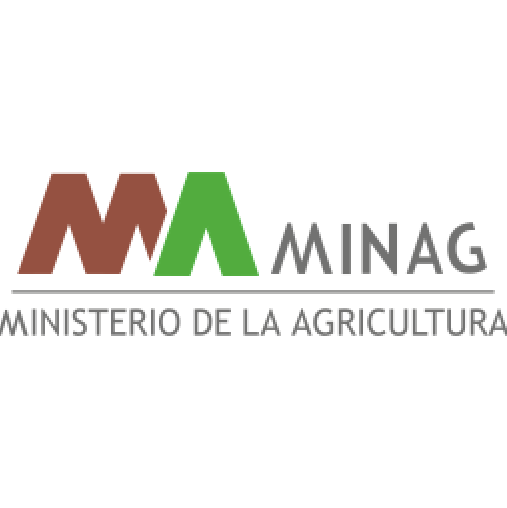GAF
Along the holguinero coal route
Faced with the huge cone-shaped pile of wood, Alejandro Leyva Betancourt looks small. However, when you finish piling up all the firewood, cover it with herbs and earth, and wait a few days for it to slowly burn from its center, the yellow pieces of júcaro will have yielded in greatness and will have been reduced to shiny fragments of charcoal. vegetable.
Described like this, it seems simple to manufacture a direct product to the list of exportable items in Holguín. While contemplating what will shortly be his next furnace in Minas de Camazán, in the municipality of Báguanos, Alejandro informs us of the challenge involved in converting the raw material extracted from the province's forests into exportable quality coal. . “This is hard work, I have been a charcoal maker for 28 years and I learned with my father since I was 14. Charcoal is not made by making. It must have a quality and the secret is found in the wood and in the burning in the oven, that the more days it lasts, the better ”, he affirms. “In total the process lasts more or less 45 days. The wood I use is júcaro. I cut it between seven in the morning and 12 noon. So far my chainsaw has turned out good, since it was given to me five years ago. But there are months that we have not been able to work because the tractor to transport the firewood has been without tires. The files are also missing and we have been affected by the lack of fuel and chains for the chainsaws ”, he highlights. Similar scarcity with the means of work, especially with the files to sharpen his ax (since he does not have a chainsaw), exposes the charcoal maker Ramón Mulet Sánchez who, like Alejandro, is a worker of the UEB Agroforestal Camazán, which is part of the Holguín Agroforestry Company, with essential weight in the provincial production of coal. In the realities described at the foot of the furnace by these men and in others declared by their administrators, it is possible to find signs of why Holguín closed 2020 with so few promising results in that production, since only 1,25 tons were produced there, less than half of what is expected to be exported. Arcel González Ortiz, general director of the Holguín Agroforestry Company -whose plan last year meant more than 50% of the general plan conceived in the province-, reiterates that part of the non-compliance of his entity was due to the shortage of inputs that could not be purchased by importing. However, he assures that the situation should be reversed in the coming months with the purchase of implements from the use of part of their income, although that will logically also depend on the productivity and liquidity that is achieved. However, when following “the coal route” we find that the shortage of inputs is not the only difficulty, but rather the lack of workforce. After underlining that its production units make mixed charcoal from hard woods such as lechero, júcaro and guairaje, because the marabú is not very abundant in the Holguin valleys, González Ortiz explains that “the stable workforce that existed for many years has gone retiring and the relief is a bit difficult. “We have deficits in some municipalities, especially in Antilla, Gibara and Calixto García, although at the moment with the wage increase these territories have been recovering. And as we better serve it, that workforce is going to stabilize, ”he said. By carefully analyzing the situation, it can be seen that the lack of workforce is also a consequence of the lack of inputs. Reality requires looking for other ways to ensure that coal is not a weak link in the Holguin economy. Douglas Lucas Batista, head of the UEB Agroforestal Camazán, affirms that “due to problems with resources we have adopted alternatives. For example, with a tractor that has been idle for six or seven months, and another with difficulties, we have looked for people who have ox teams for transportation and with that we have achieved many productions ”. Another conclusive and valuable vision is provided by Ariel de los Reyes Hechavarría, specialist of the Department of Foreign Trade, Foreign Investment and International Cooperation of the provincial government, who considers “that coal is one of the primary products with the greatest potential, that is, the most noble, to have a greater participation in the Holguin economy if you put effort and attention to it. And I'm not just talking about resources, but about using everything that is established from the legal point of view to promote it as an exportable item. "




